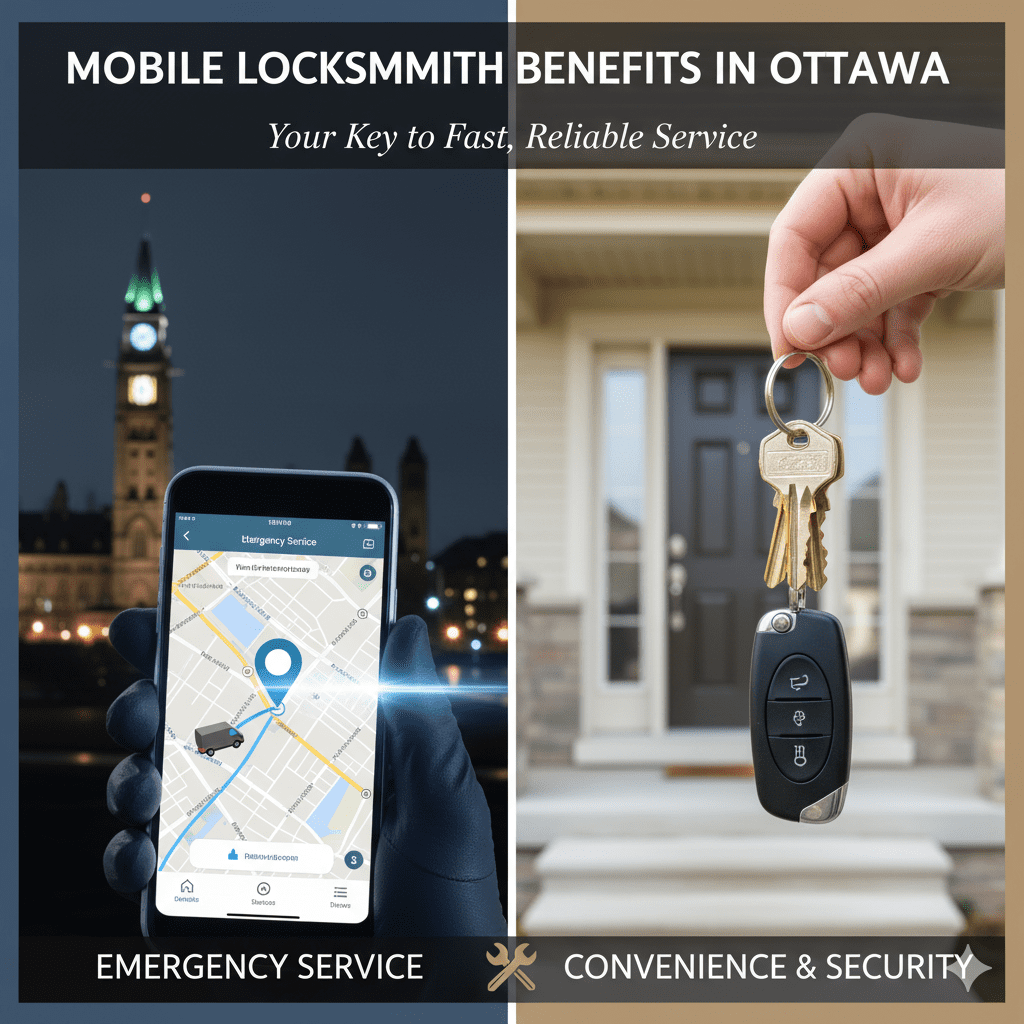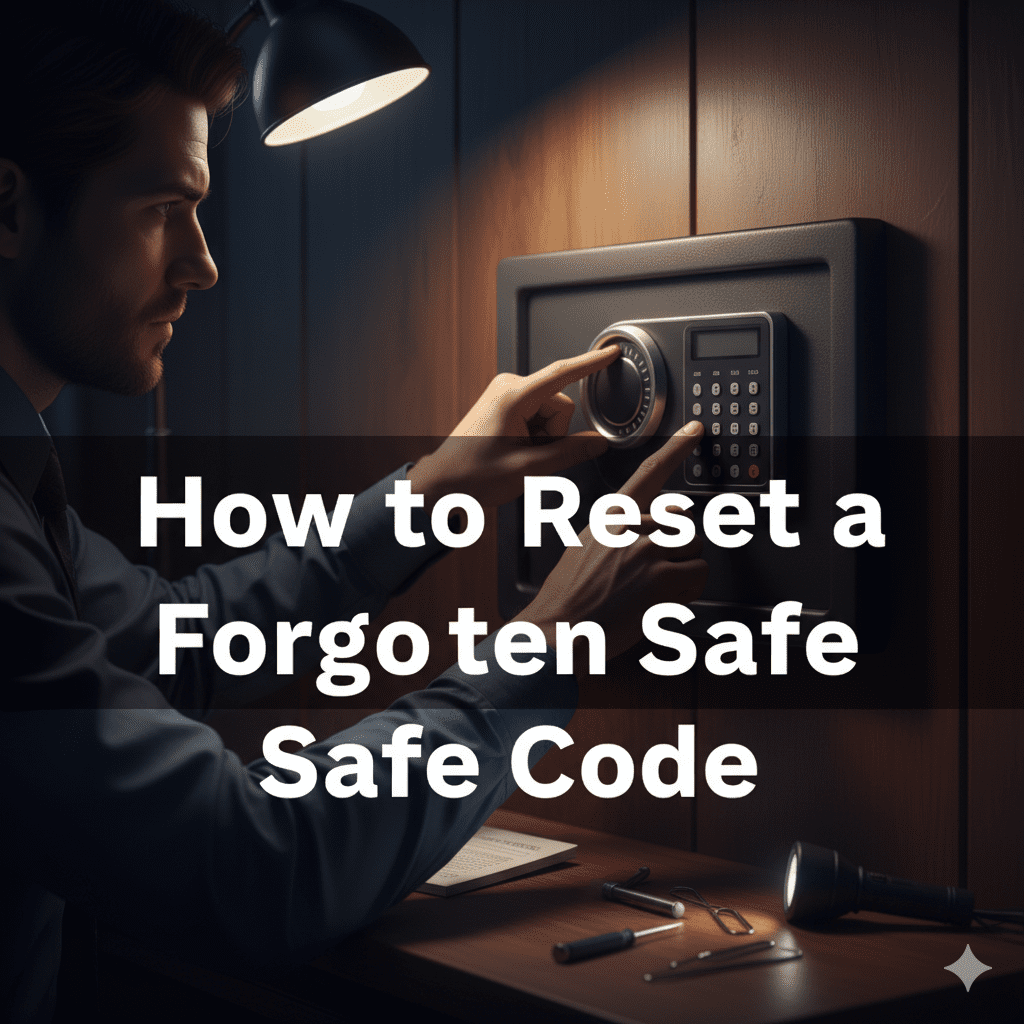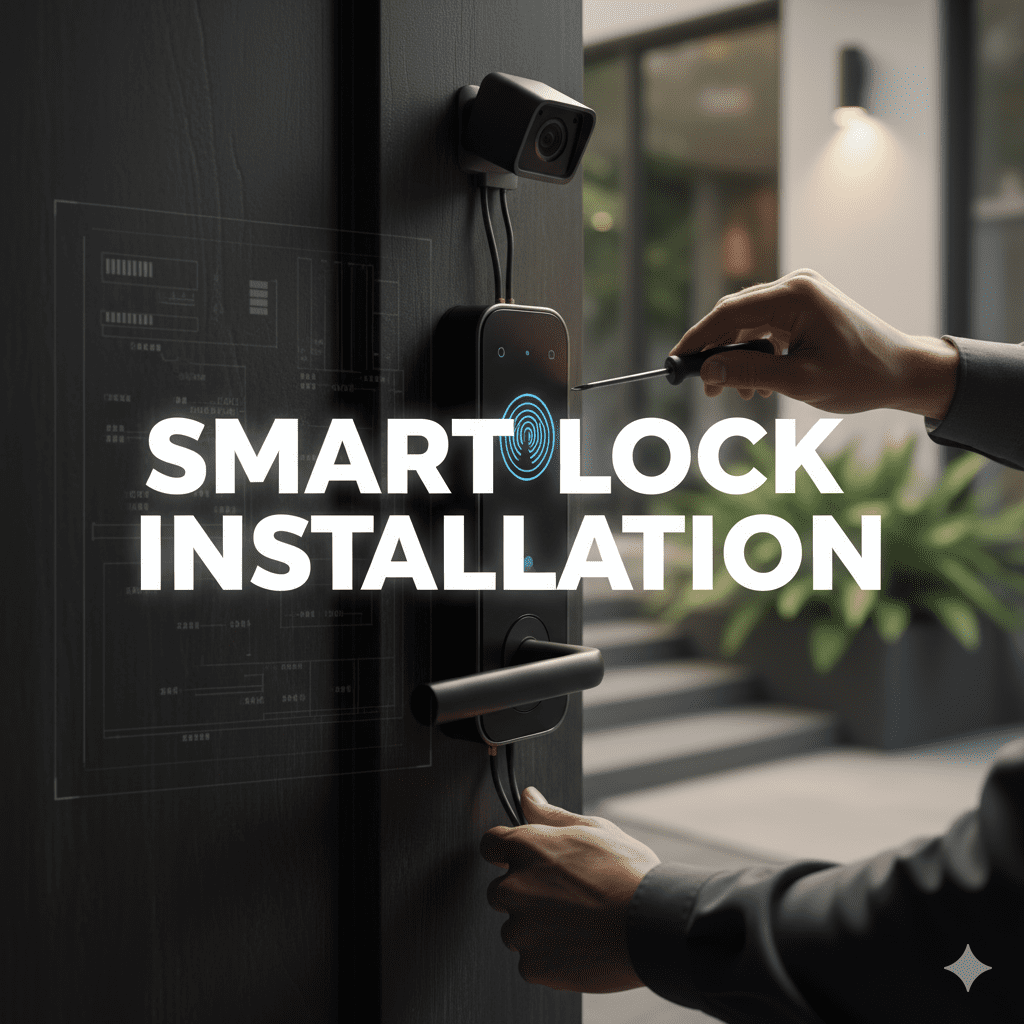Smart locks are becoming popular because they make life easier. You can lock or unlock your door with your phone, a PIN code, or even your fingerprint. Many homeowners try installing them on their own to save money, but this can lead to several problems.
Before you try installing a smart lock on your own, it’s important to learn about the DIY smart lock installation risks that many people face. A small mistake can affect your home’s security and the performance of your lock.
If you want high-quality locksmith services, you can contact KeyItLocks for trusted and reliable work.
Why Smart Lock Installation Looks Easy But Isn’t?
Most smart locks come with instructions, but they assume you understand. While the steps may look easy, real installation requires:
- Correct door measurements
- Proper lock fitting
- Knowledge of deadbolts
- Understanding wireless setup
- Battery management
- Security configuration
Missing any of these steps can cause your smart lock to malfunction or stop working correctly.
What Are Smart Locks, and How Do They Work?
A smart lock is an electronic lock that uses wireless technology ,such as
- Wi-Fi
- Bluetooth
- Mobile apps
- Keypads
- Fingerprint scanners
Smart locks offer great convenience, but only if installed correctly.
Top DIY Smart Lock Installation Risks Homeowners Should Know
These are the most common mistakes and issues people face when trying to install a smart lock by themselves.
1. Incorrect Door Alignment
A smart lock must fit or align perfectly with the door frame.
If the deadbolt doesn’t slide smoothly:
- The lock may jam
- Your door may not lock
- The motor may get stuck
- The battery may drain quickly
- The door may not lock fully
2. Misaligned Deadbolt
If your old deadbolt does not match the smart lock design, forcing it into place can break:
- The bolt
- The lock motor
- The interior mechanism
This often happens with older doors.
3. Weak Wi-Fi or Bluetooth Connection
Smart locks depend on a stable wireless connection.
DIY installers often forget to check:
- Check Wi-Fi signal strength
- Router distance
- App setup
- Firmware updates
- Enable mobile access
If the lock disconnects from your phone, you may lose access or may be locked out.
4. Battery problems and power failure
Smart locks run on batteries. An incorrect setup can lead to:
- The lock may stop working
- Auto-lock not working
- Slow or weak motor movement
- Unexpected lockouts
Some DIY installers also use low-quality batteries, which reduces performance.
5. Using Wrong Tools or Screws
Smart locks come with specific screws. Using the wrong ones can:
- Damage the door
- Break the lock housing.
- Make the lock loose
- Cause long-term alignment issues
It may look like a small mistake, but it has big effects.
6. Skipping the Calibration Step
Most smart locks need calibration to:
- Learn how the door closes
- Check alignment
- Set bolt direction
- Test lock strength
- Sync with your phone
7. Poor Security Settings
This is one of the most dangerous DIY smart lock installation risks.
Common security mistakes include:
- Keeping default PIN codes
- Weak passwords
- Not enabling two-factor authentication.
- Forgetting to updatethe firmware
- Allowing too many guests access
These settings can make your smart lock easier to hack.
8. Damaging the Door or Frame
Some smart locks require:
- Drilling new holes
- Adjusting the strike plate
- Cutting around the latch area
DIY installers may damage:
- The door frame
- The wood around the lock
- The existing deadbolt hole
9. Software or App Setup Problems
Installing the lock physically is only half the job.
You also must set up:
- The smartphone app
- Wi-Fi or Bluetooth connection
- User permissions
- Auto-lock settings
A small mistake may cause the lock to stop responding.
10. Lock Failure During an Emergency
Improper installation can cause:
- Slow lock response
- Motor failure
- Jammed deadbolt
- Delayed unlocking
During emergencies, you need your lock to work perfectly.
DIY Smart Lock Installation vs Professional Installation
Here’s a simple comparison:
| Feature | DIY Installation | Professional Installation |
| Accuracy | Depends on skill | Always accurate |
| Security | May be weak | Strong & reliable |
| Time Required | 1–3 hours | 20–40 minutes |
| Warranty | Often voided | Usually protected |
| Risk Level | High | Very low |
When Should You Avoid DIY Smart Lock Installation?
You should avoid installing a smart lock yourself if:
- Your door is old or damaged
- The existing locj hole doesn’t fit
- You don’t understand wiring
- You’re installing a smart lock for the first time
- You rely heavily on smart functions
- Your home needs high-security protection
In these situations, call a professional Like Keyitlocks.
Benefits of Professional Smart Lock Installation
A trained locksmith ensures:
- Perfect deadbolt alignment
- Strong security setup
- No door or frame damage
- Correct app configuration
- Faster installation
- Better protection for your family
How to Avoid DIY Smart Lock Installation Problems
Here are some helpful tips:
- Read the instructions slowly
- Watch official installation videos
- Test the deadbolt before installing the lock
- Check alignment first
- Use only the provided screws
- Set a strong PIN and password
- Update the lock firmware immediately
- Test the lock multiple times before closing the door
FAQ:
1. Is it safe to install a smart lock yourself?
It can be safe, but missing a step may weaken your home’s security.
2. Can I damage my door by installing a smart lock?
Yes. Drilling or wrong alignment can damage the frame or lock area.
3. Do smart locks work without Wi-Fi?
Some do, but most require Wi-Fi or Bluetooth to work correctly.
4. What if the smart lock gets stuck?
It may be due to misalignment or deadbolt issues. A locksmith can fix this.
5. Can smart locks be hacked?
Yes, especially if you use weak passwords or skip security settings.
Conclusion
Smart locks make life easier and keep your home secure, but trying to install one yourself can cause trouble fast—one crooked screw or loose wire might jam the whole system. A crooked door or sloppy security setup might seem minor, but those small flaws can quietly chip away at your home’s safety.
Protect your home the right way—with the right lock and the right installation.







